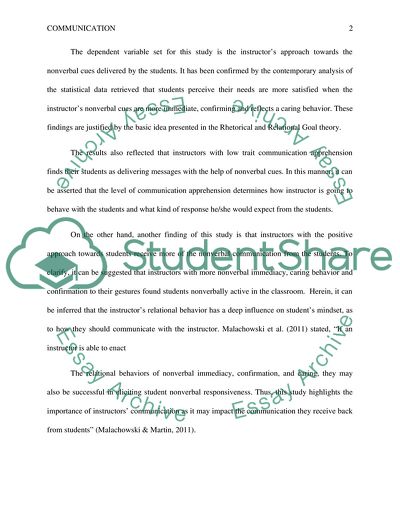Cite this document
(“Nonverbal Communication in Interpersonal Relations Book Report/Review”, n.d.)
Nonverbal Communication in Interpersonal Relations Book Report/Review. Retrieved from https://studentshare.org/journalism-communication/1630248-depends-on-the-writer-title-not-needed
Nonverbal Communication in Interpersonal Relations Book Report/Review. Retrieved from https://studentshare.org/journalism-communication/1630248-depends-on-the-writer-title-not-needed
(Nonverbal Communication in Interpersonal Relations Book Report/Review)
Nonverbal Communication in Interpersonal Relations Book Report/Review. https://studentshare.org/journalism-communication/1630248-depends-on-the-writer-title-not-needed.
Nonverbal Communication in Interpersonal Relations Book Report/Review. https://studentshare.org/journalism-communication/1630248-depends-on-the-writer-title-not-needed.
“Nonverbal Communication in Interpersonal Relations Book Report/Review”, n.d. https://studentshare.org/journalism-communication/1630248-depends-on-the-writer-title-not-needed.


